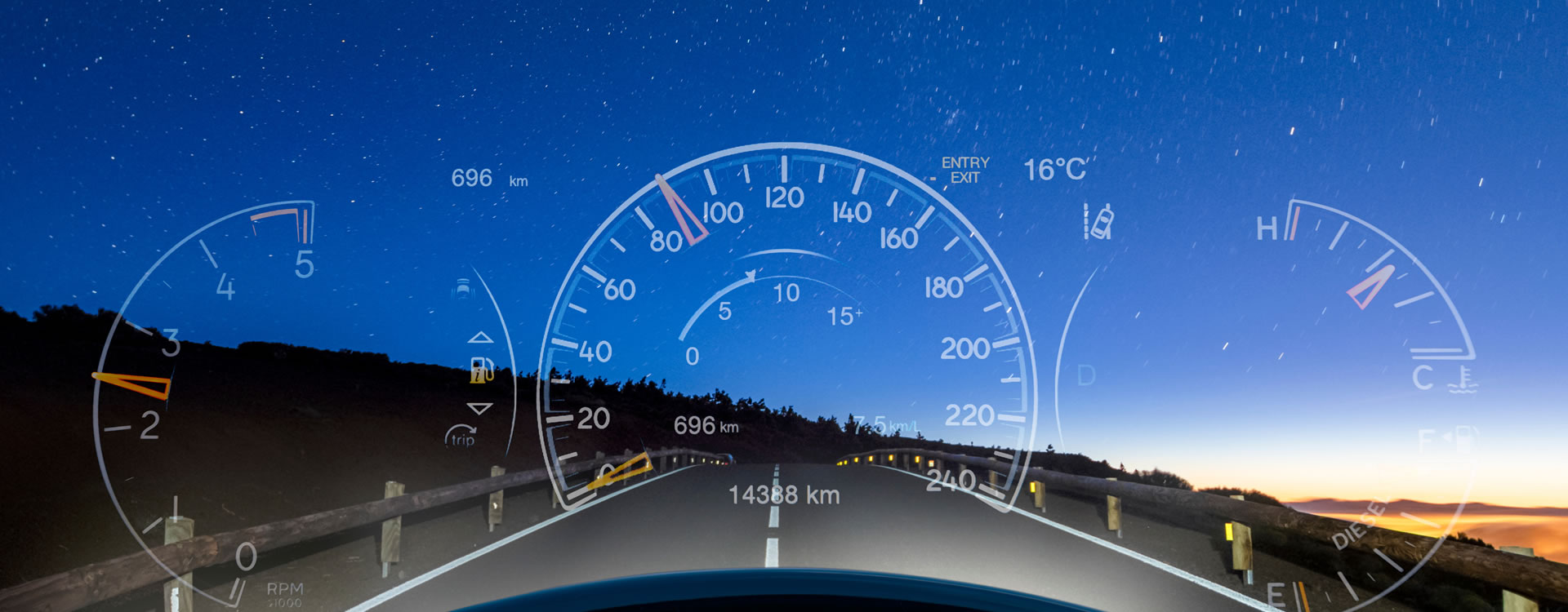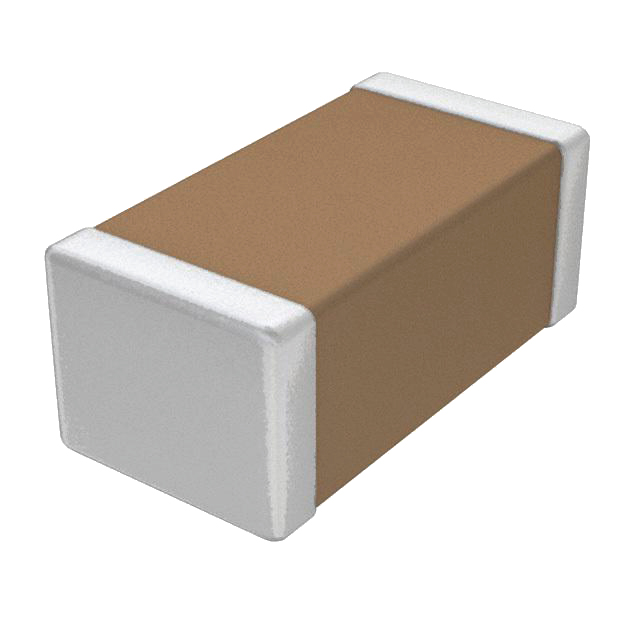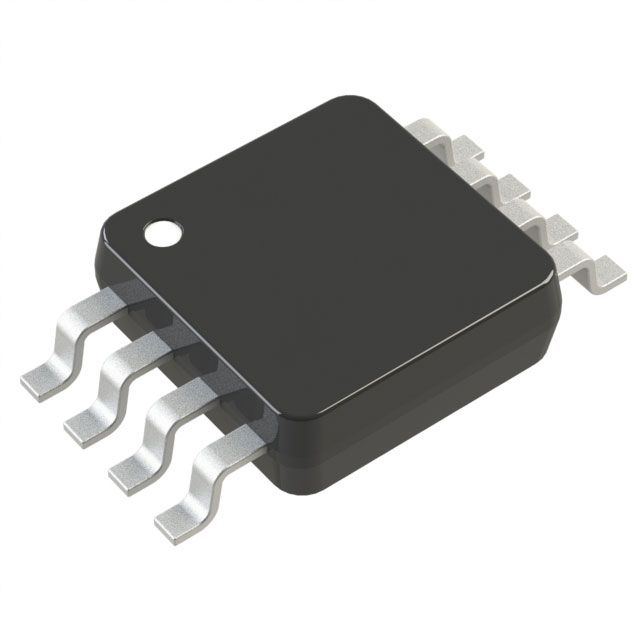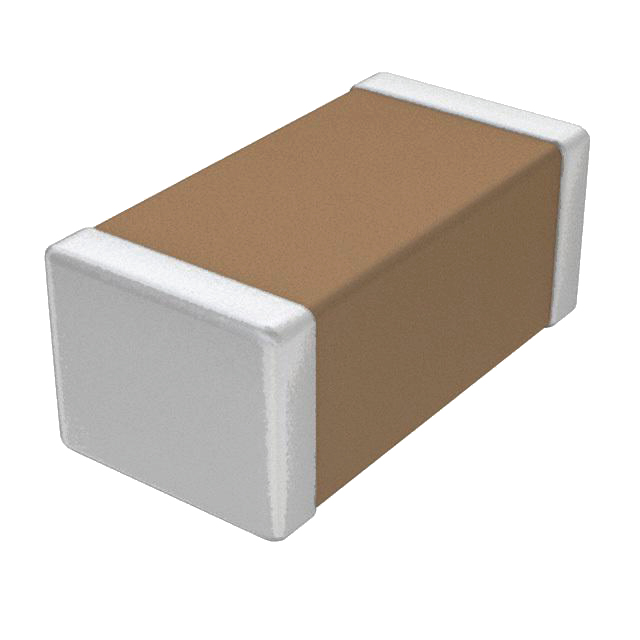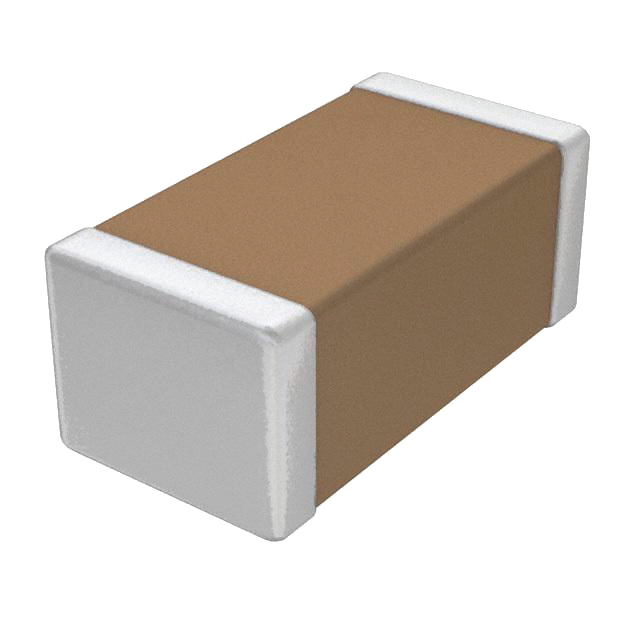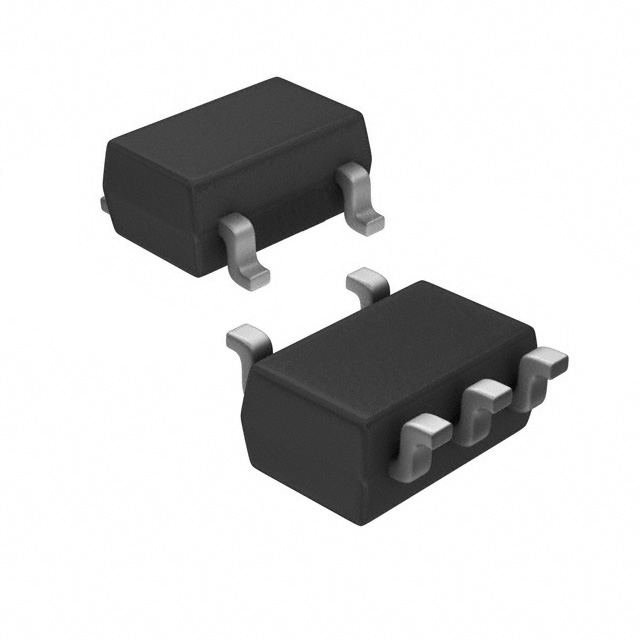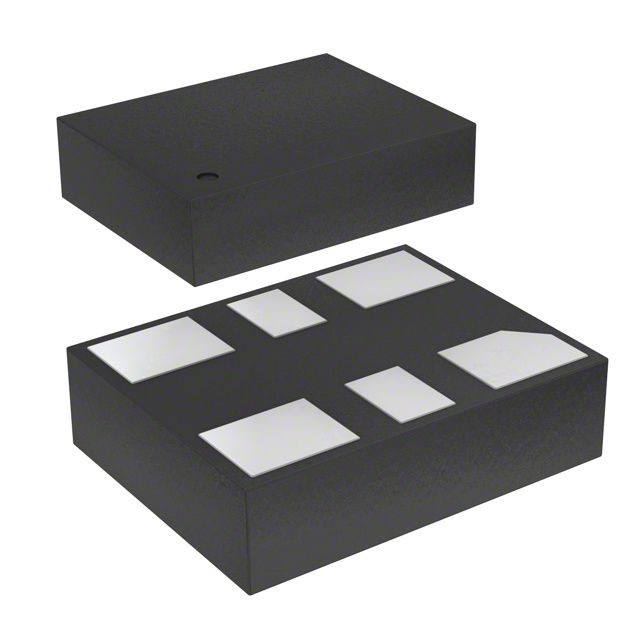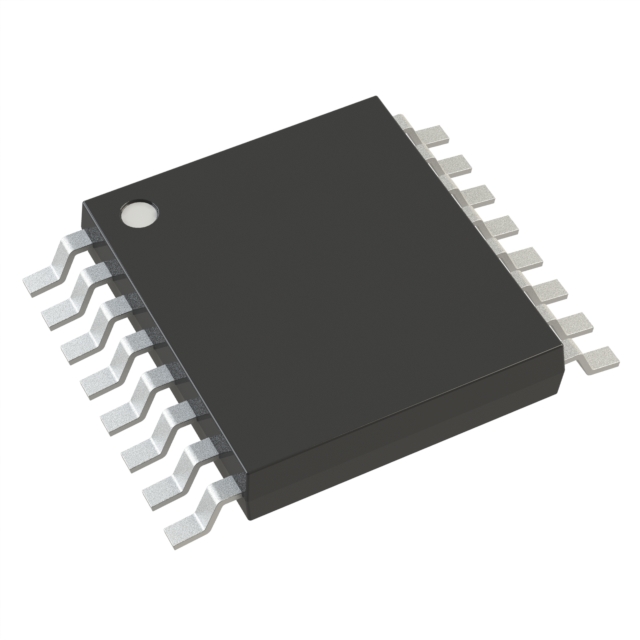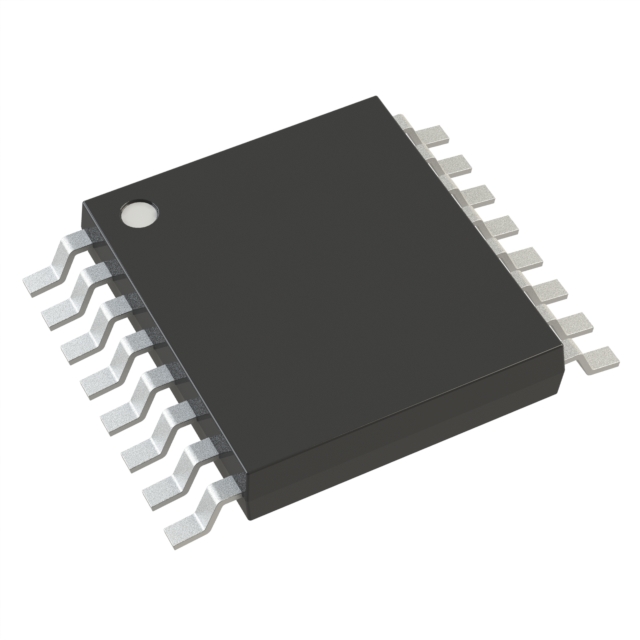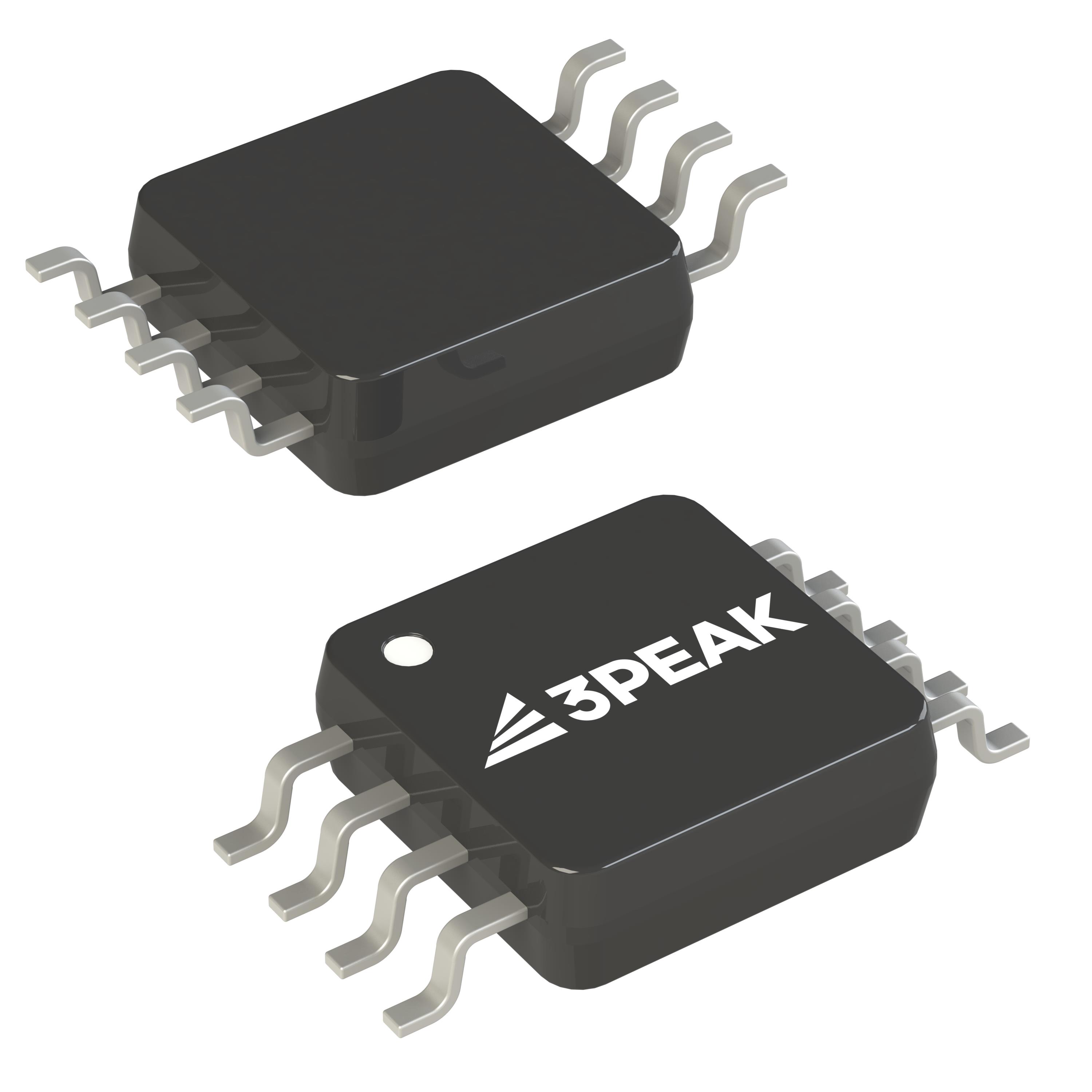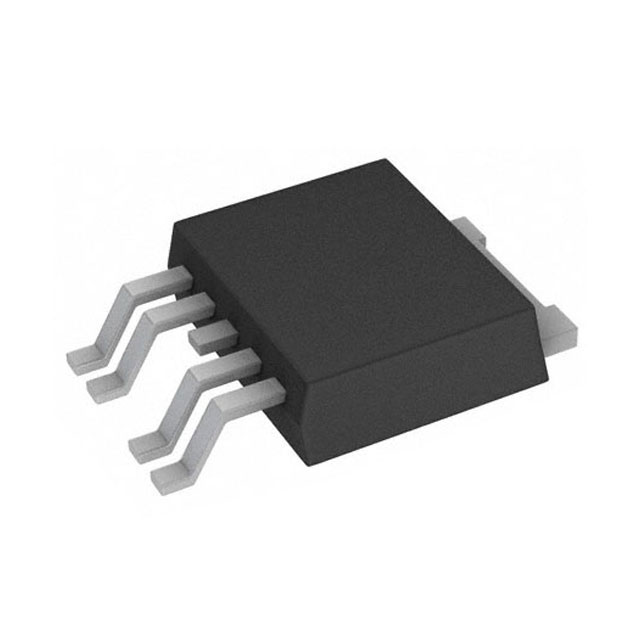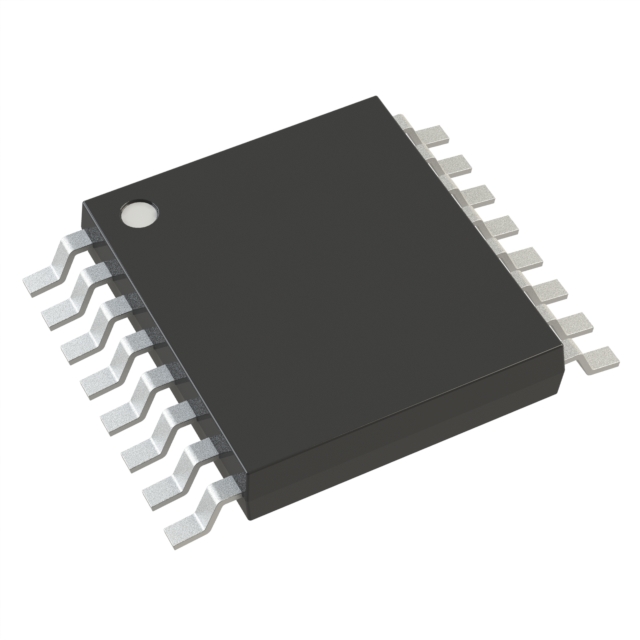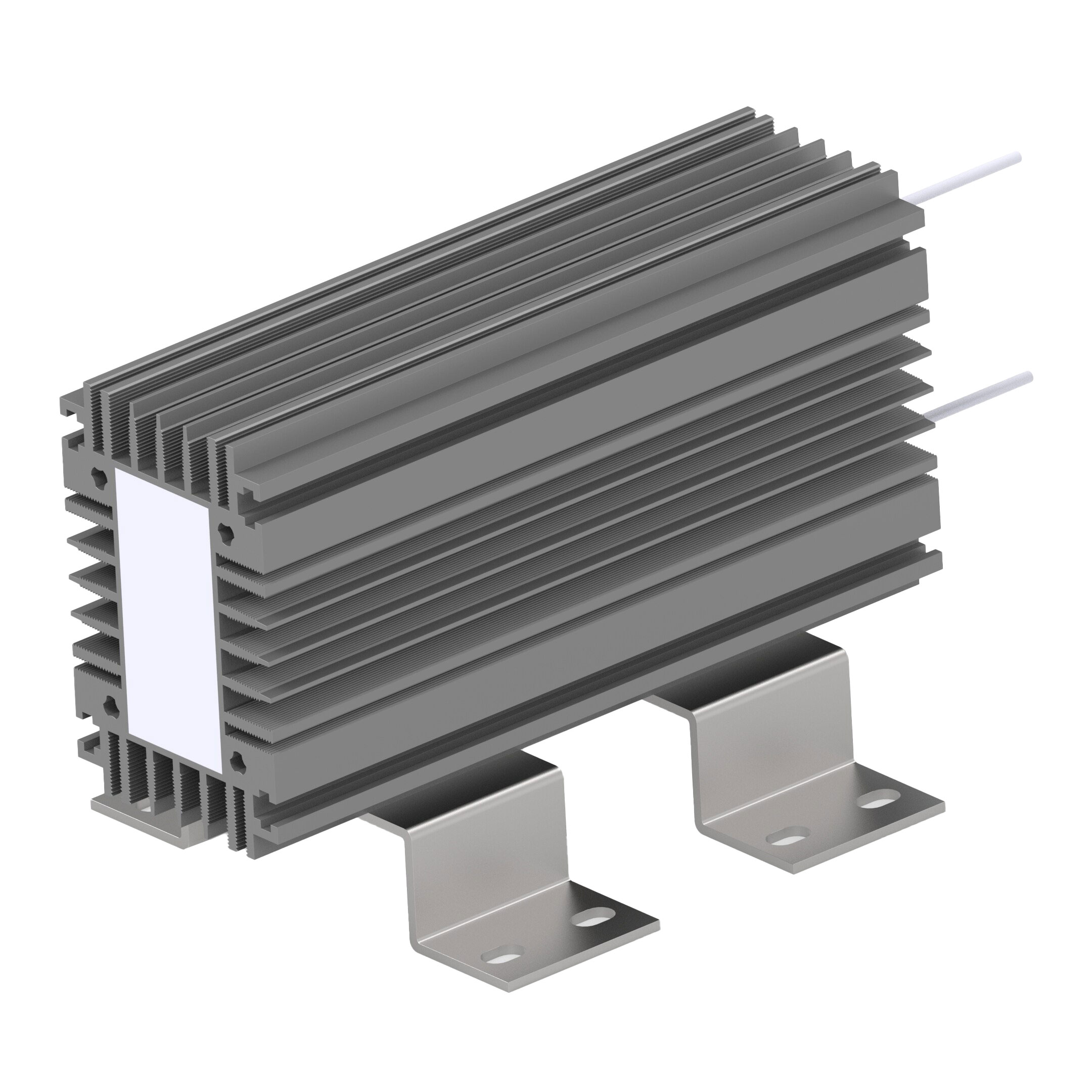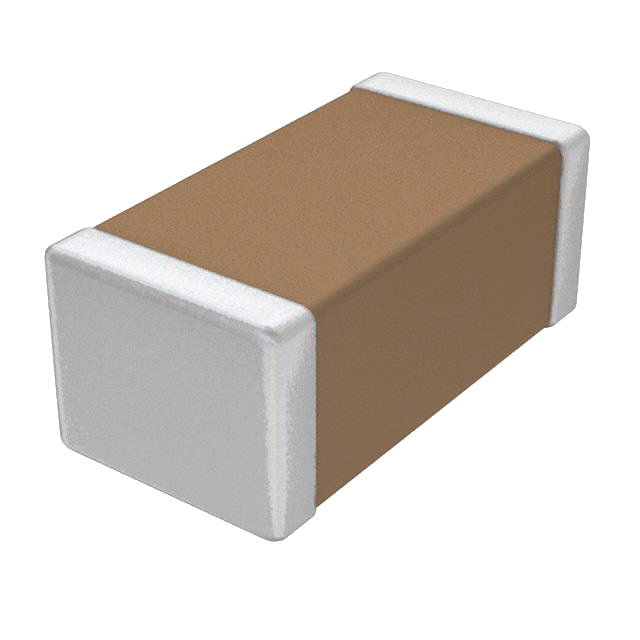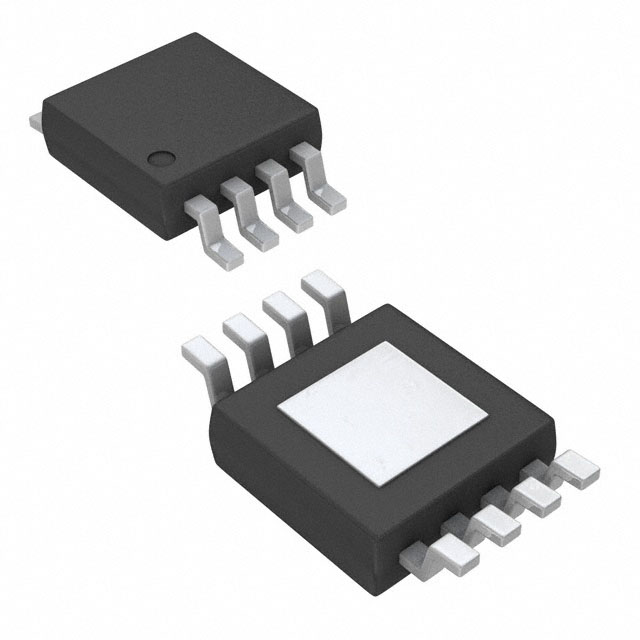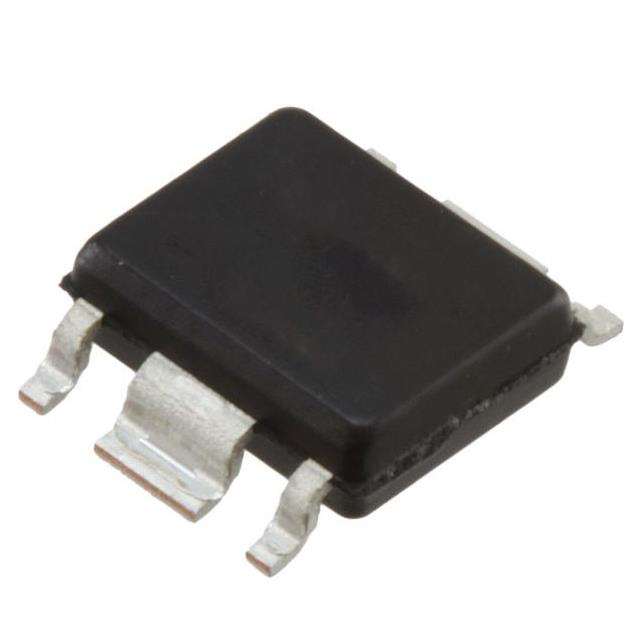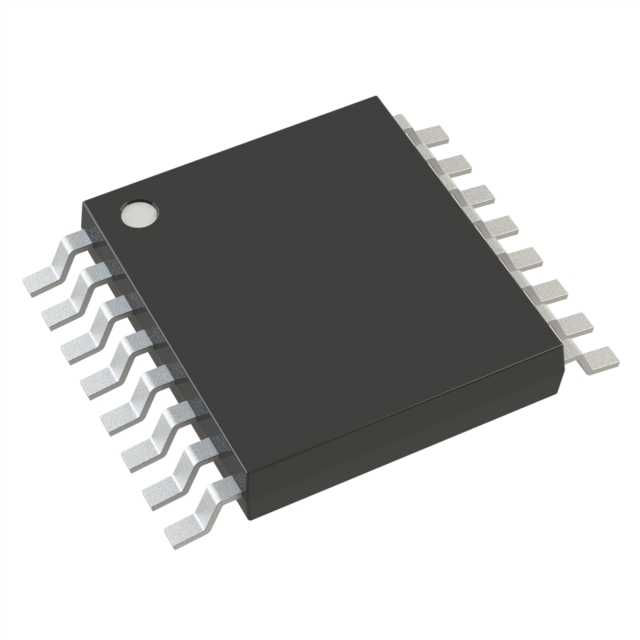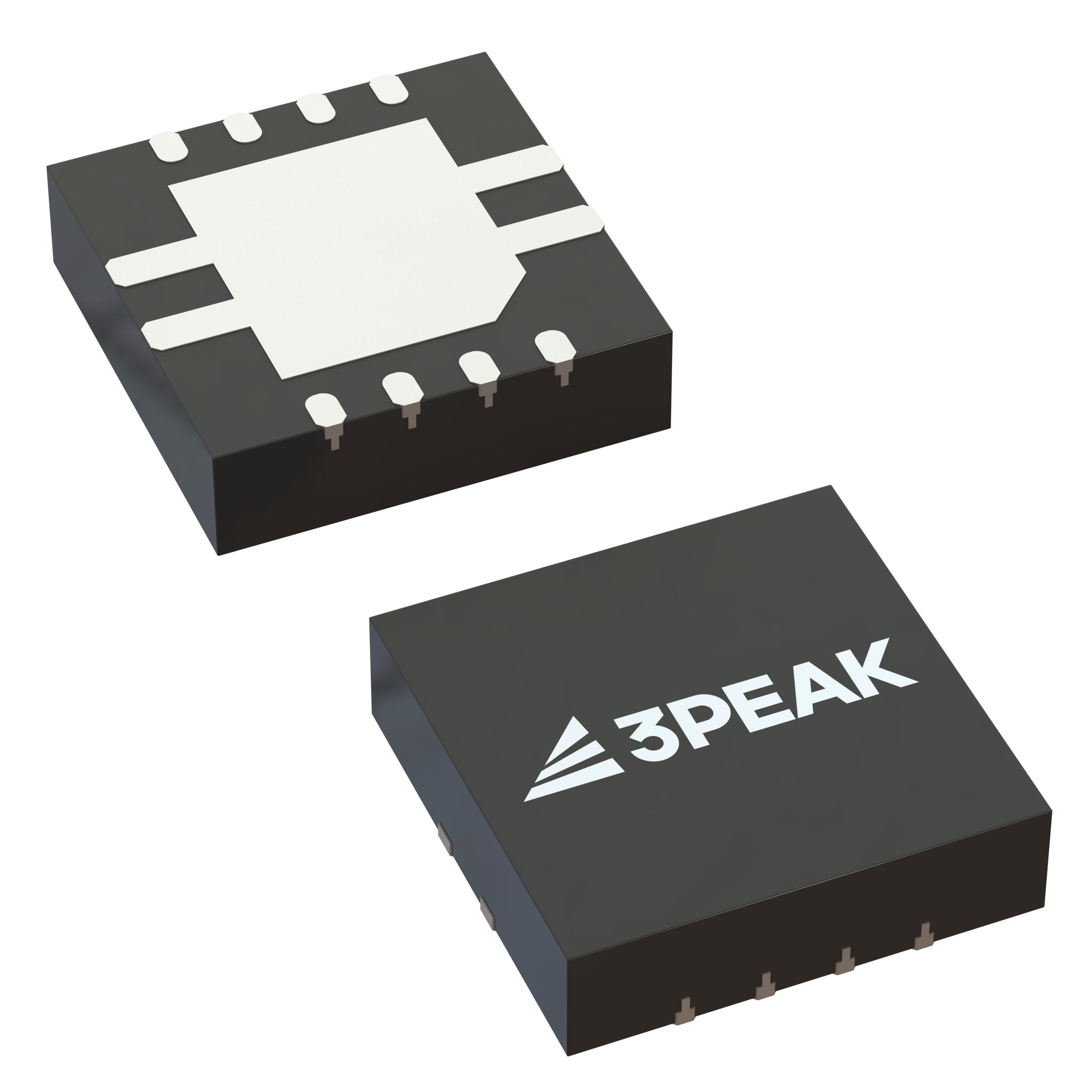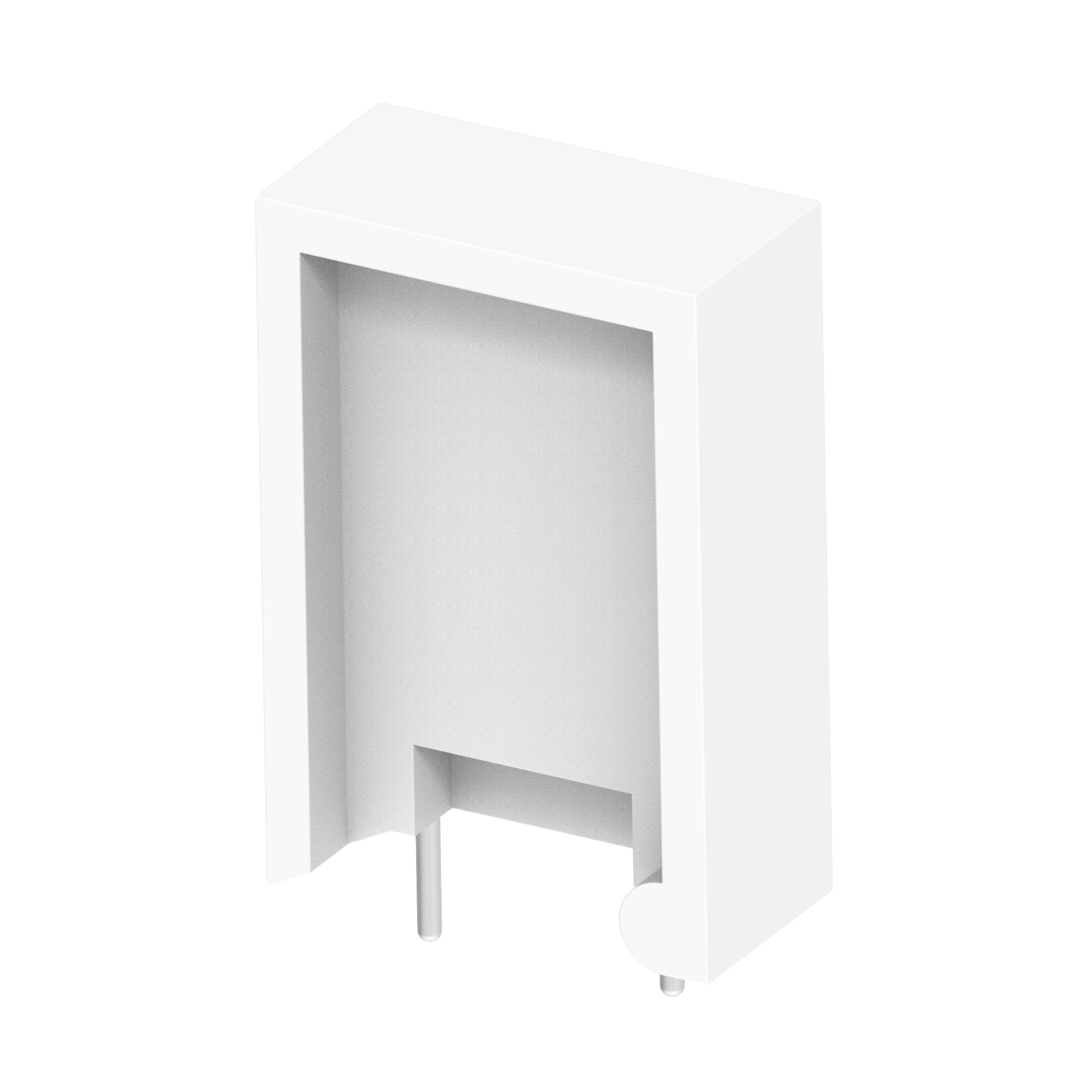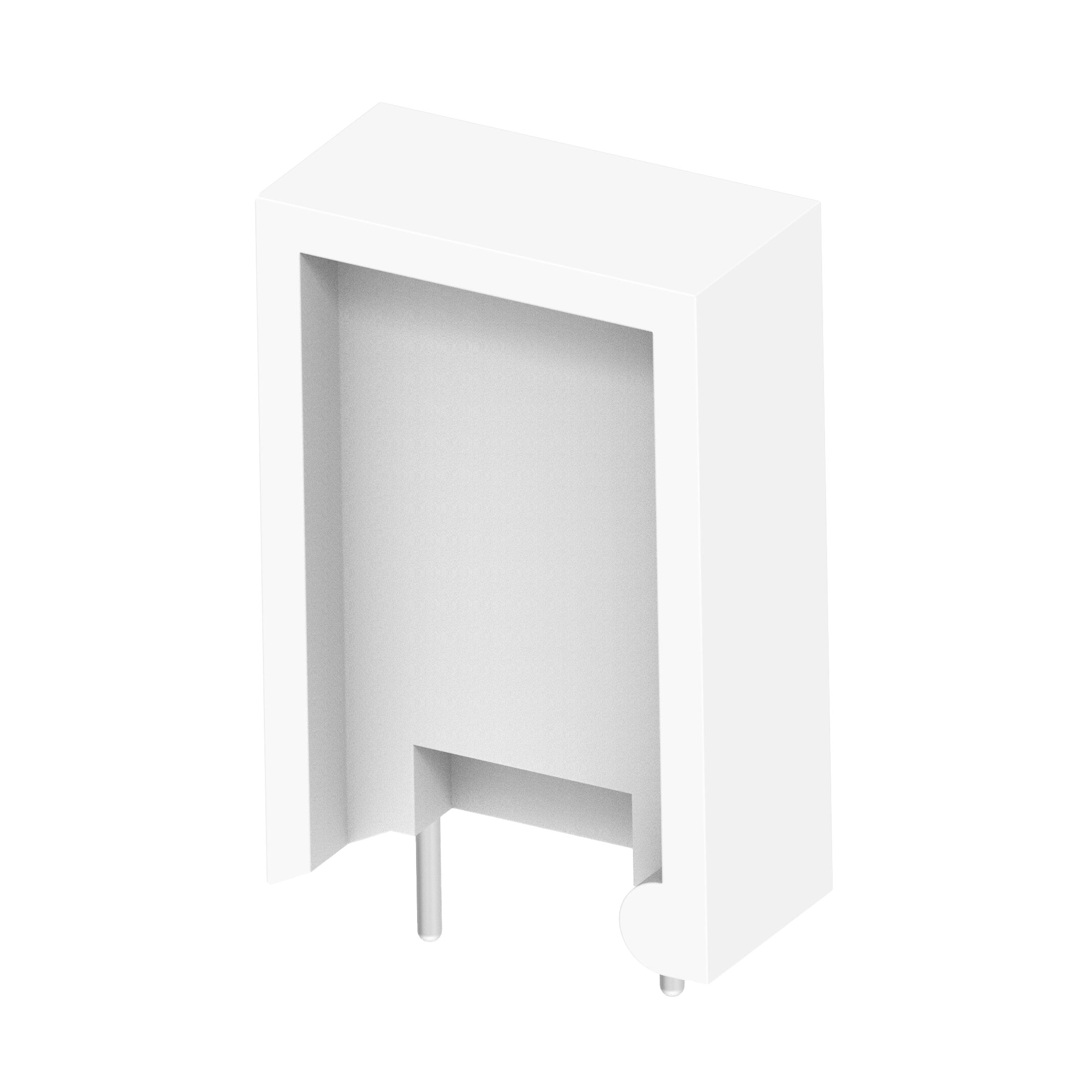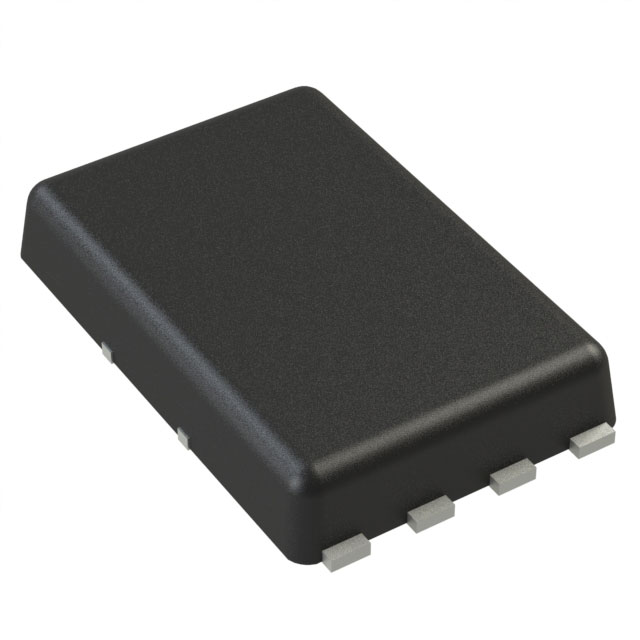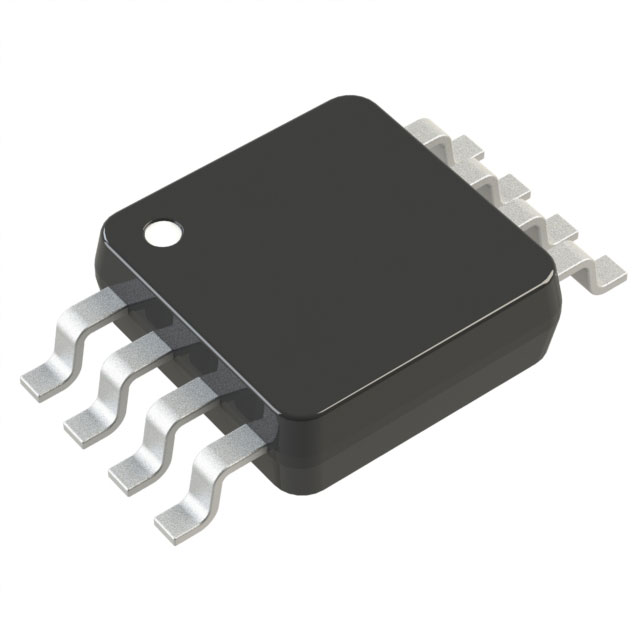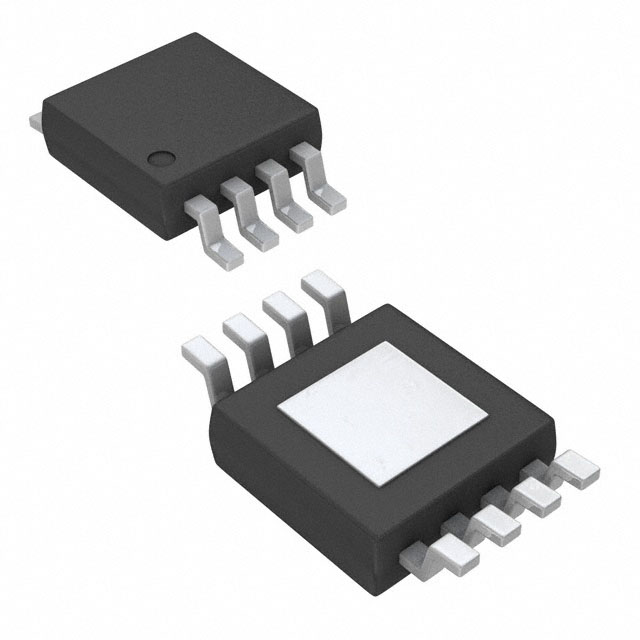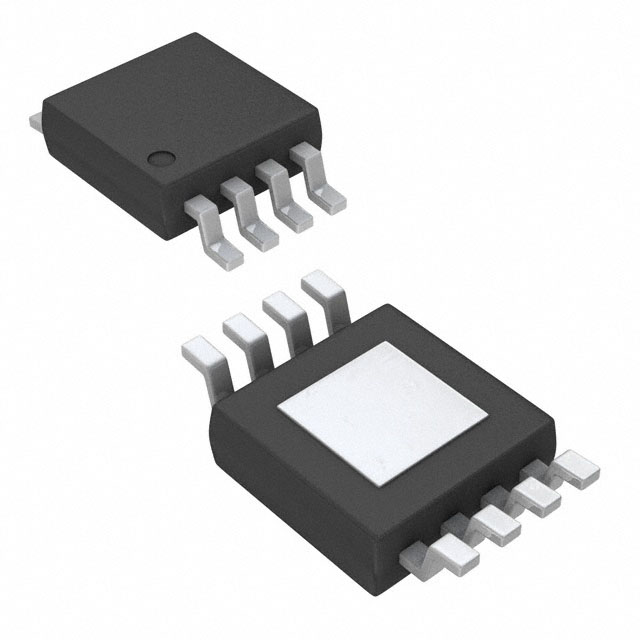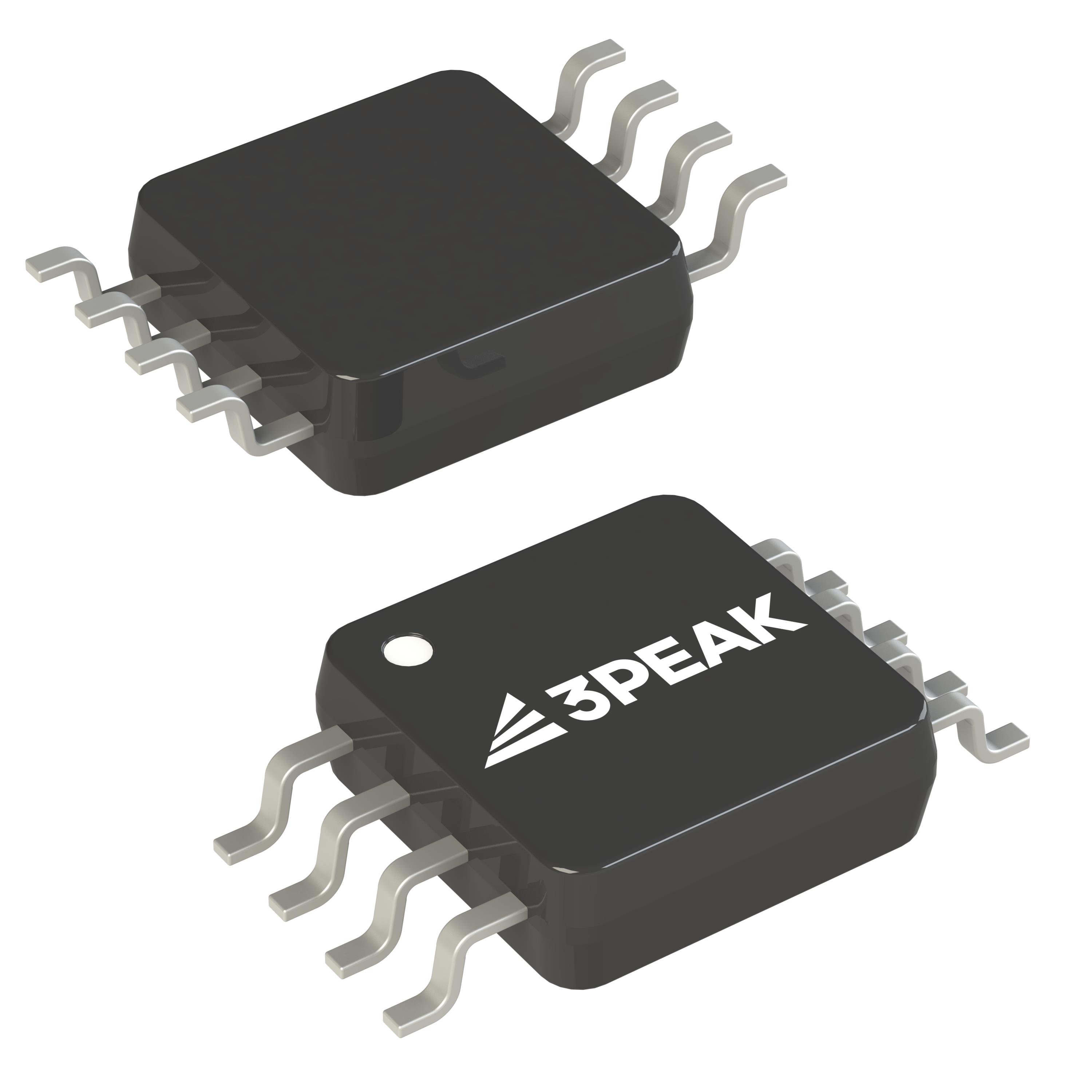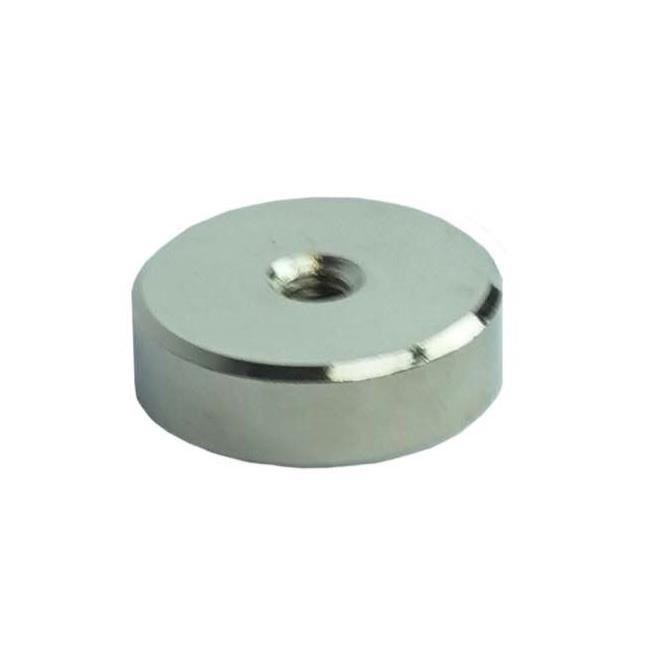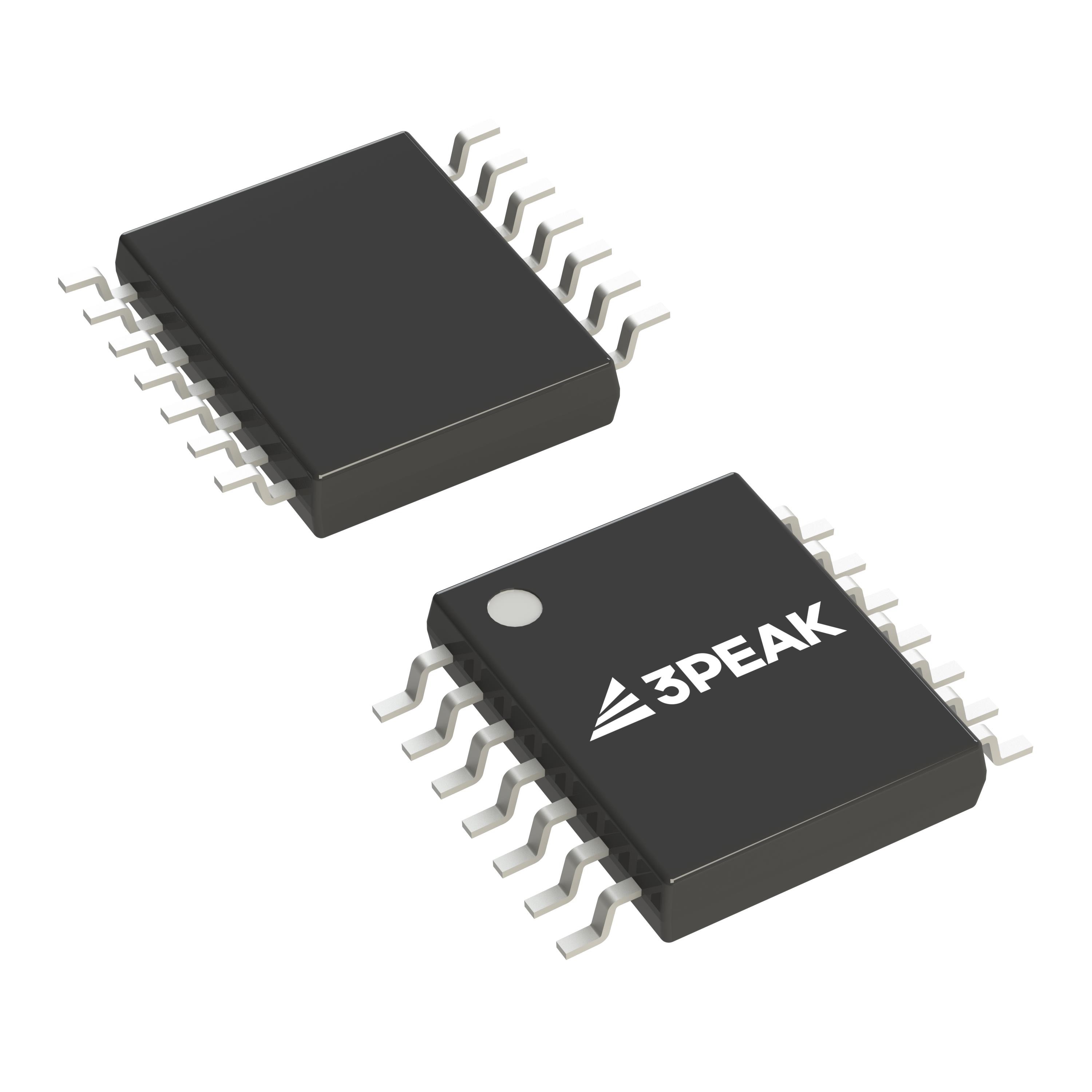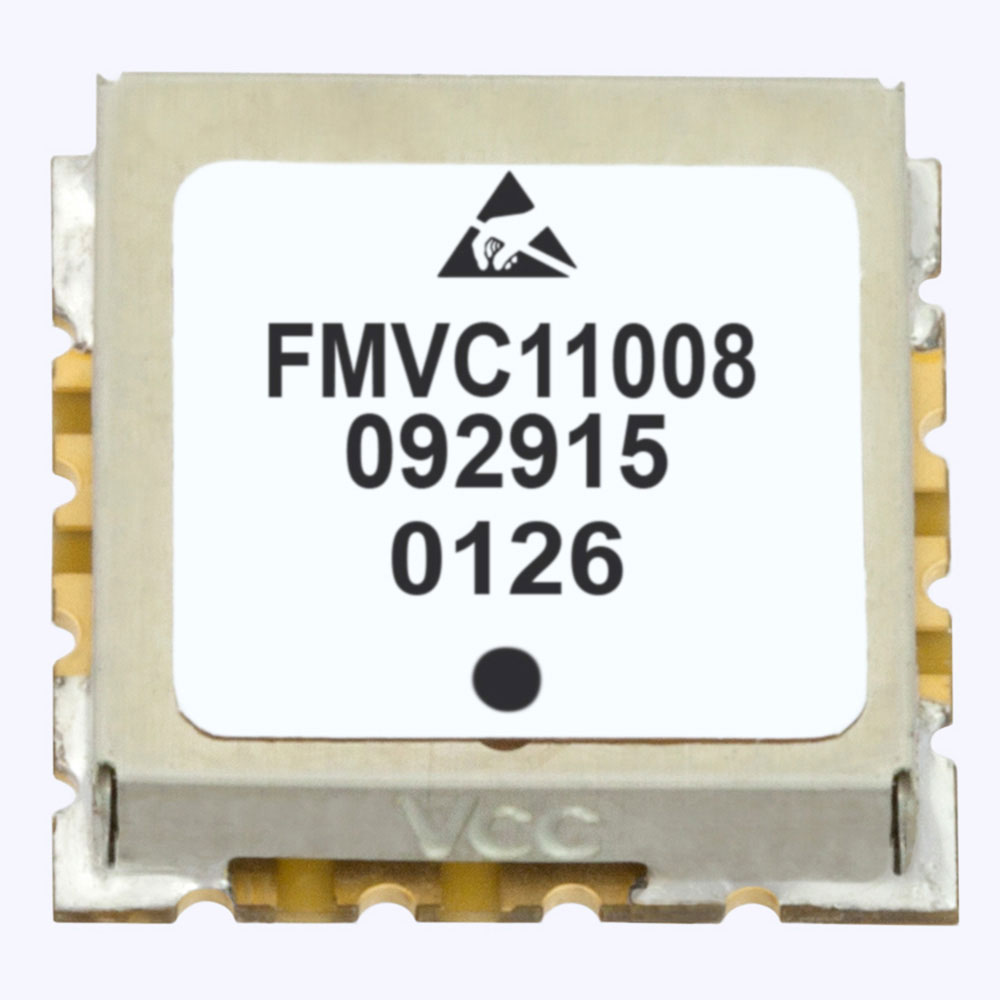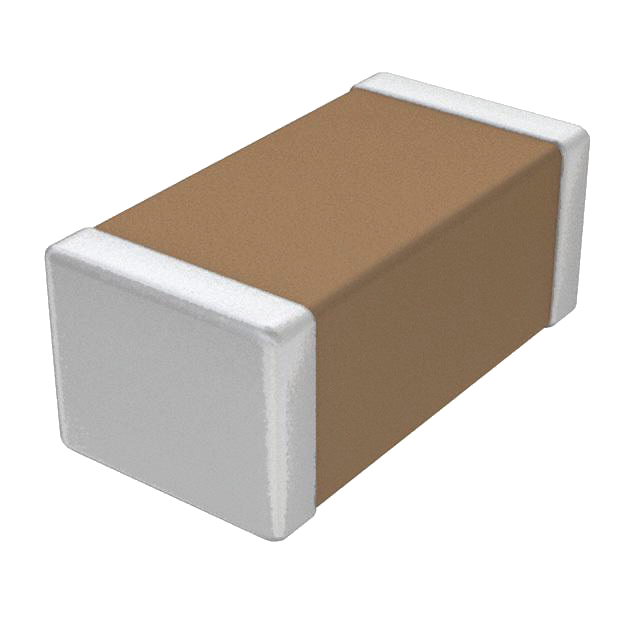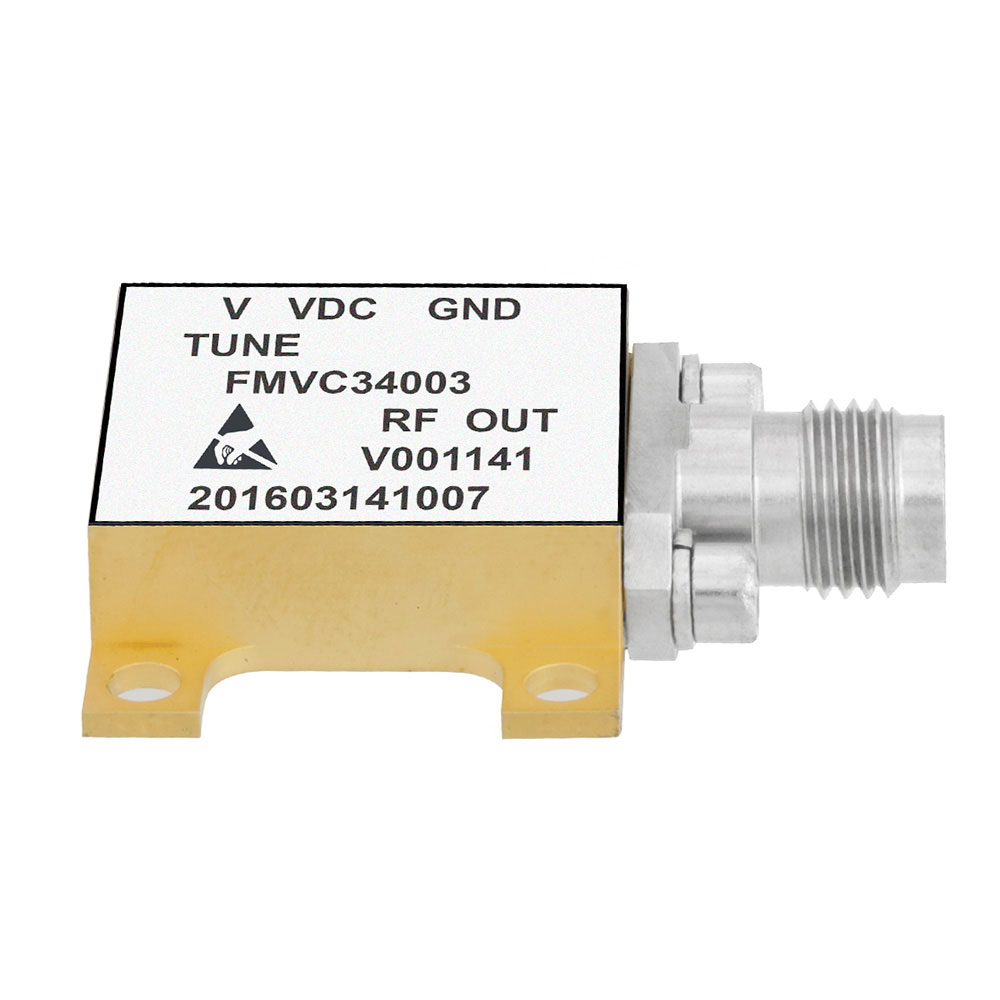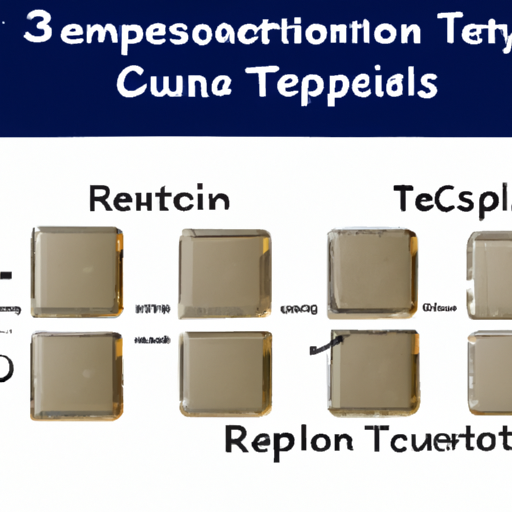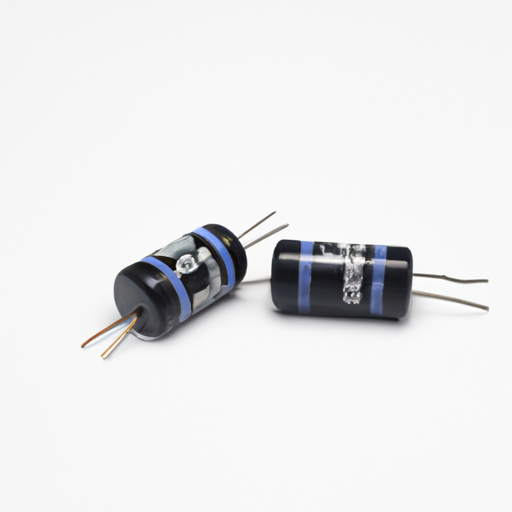
Core Functional Technologies of Film Capacitors1. Dielectric Material: Film capacitors utilize thin plastic films as dielectric materials, such as polyester (PET), polypropylene (PP), and polycarbonate (PC). These materials provide high insulation resistance and low dielectric losses, making them suitable for high-frequency applications.
2. Low ESR and ESL: Film capacitors exhibit low equivalent series resistance (ESR) and equivalent series inductance (ESL), which are critical for high-frequency applications. This characteristic allows them to perform well in filtering and decoupling applications. 3. Temperature Stability: Film capacitors maintain stable capacitance values over a wide temperature range, making them suitable for applications in harsh environments. They typically have a temperature coefficient that ensures minimal drift in capacitance with temperature changes.
4. High Voltage Ratings: Many film capacitors can handle high voltage applications, making them ideal for power electronics, motor drives, and other high-voltage circuits.
5. Long Lifespan: Film capacitors are known for their durability and long operational life, often exceeding 100,000 hours under normal operating conditions. This longevity reduces the need for frequent replacements, which is beneficial in industrial applications.
6. Self-Healing Properties: In the event of a dielectric breakdown, film capacitors can self-heal, meaning that the capacitor can continue to function without significant degradation in performance. This property enhances reliability in critical applications.
Application Development Cases1. Power Electronics: Film capacitors are extensively used in power supply circuits, inverters, and converters. For instance, in renewable energy systems like solar inverters, film capacitors help in smoothing out voltage fluctuations and improving overall efficiency.
2. Audio Equipment: High-fidelity audio systems often utilize film capacitors for coupling and bypass applications. Their low distortion and high-frequency response make them ideal for maintaining audio quality in amplifiers and signal processing equipment.
3. Motor Drives: In variable frequency drives (VFDs), film capacitors are used for DC link applications. They help in filtering out voltage spikes and ensuring stable operation of the motor, enhancing performance and extending the lifespan of the drive.
4. Telecommunications: Film capacitors are used in RF applications, such as in filters and oscillators. Their low loss characteristics are crucial for maintaining signal integrity in high-frequency communication systems.
5. Consumer Electronics: In devices like televisions and computers, film capacitors are used for power supply decoupling and signal coupling. Their reliability and performance contribute to the overall efficiency and longevity of these devices.
6. Lighting Applications: In LED drivers, film capacitors are used to smooth out the output current and voltage, ensuring consistent lighting performance. Their ability to handle high ripple currents makes them suitable for this application.
ConclusionThe CFR-25JB-52-1K1 film capacitor exemplifies the advanced technology and versatility of film capacitors in various applications. Their unique properties, such as low ESR, high voltage ratings, and self-healing capabilities, make them indispensable in modern electronic designs. As technology continues to evolve, the demand for reliable and efficient capacitors like the CFR-25JB-52-1K1 will only increase, driving further innovation in the field.
Future TrendsAs the electronics industry continues to push for higher efficiency and miniaturization, film capacitors are expected to evolve further. Innovations may include:
Enhanced Dielectric Materials: Research into new dielectric materials that offer even lower losses and higher temperature stability.Enhanced Dielectric Materials: Research into new dielectric materials that offer even lower losses and higher temperature stability.Integration with Smart Technologies: Development of smart capacitors that can monitor their own health and performance, providing real-time data for predictive maintenance.Integration with Smart Technologies: Development of smart capacitors that can monitor their own health and performance, providing real-time data for predictive maintenance.Sustainability: Increased focus on environmentally friendly materials and manufacturing processes to meet global sustainability goals.Sustainability: Increased focus on environmentally friendly materials and manufacturing processes to meet global sustainability goals.These trends will ensure that film capacitors remain at the forefront of electronic component technology, meeting the demands of future applications.
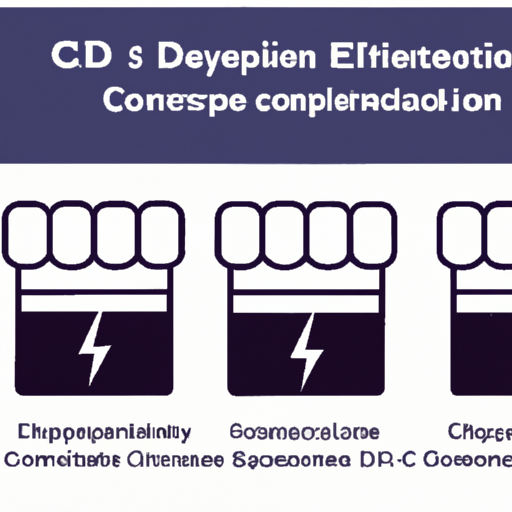
Application Development in Electric Double Layer Capacitors (EDLC) and Supercapacitors: CFR-50JB-52-1K1Electric Double Layer Capacitors (EDLCs), commonly referred to as supercapacitors, are pivotal in modern energy storage solutions. They offer a unique combination of high power density, rapid charge/discharge capabilities, and long cycle life, making them suitable for a variety of applications. The CFR-50JB-52-1K1 is a notable model in this category, and its development highlights key technologies and success stories in the field.
Key Technologies1. Electrode Materials2. Electrolytes3. Hybrid Systems4. Energy Management Systems5. Manufacturing Techniques1. Electric Vehicles (EVs)2. Renewable Energy Storage3. Consumer Electronics4. Industrial Applications5. Smart Grids Success Stories ConclusionThe development of Electric Double Layer Capacitors and supercapacitors is a dynamic and rapidly advancing field. The CFR-50JB-52-1K1 model exemplifies the potential of supercapacitors across various sectors, including automotive, renewable energy, consumer electronics, and industrial applications. As technology continues to evolve, the integration of supercapacitors into existing systems is expected to expand, paving the way for more efficient and sustainable energy solutions. The ongoing research and development in materials, manufacturing processes, and application strategies will further enhance the capabilities and adoption of supercapacitors in the future.
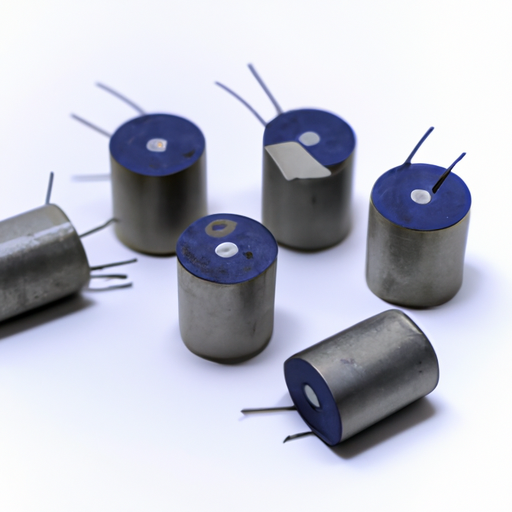
Overview of MM74HC4020N and Ceramic CapacitorsThe MM74HC4020N is a 14-stage binary ripple counter that belongs to the high-speed CMOS logic family. It is widely used in digital counting applications and can be integrated into various electronic circuits. While the MM74HC4020N itself does not directly utilize ceramic capacitors, understanding the role of these capacitors in electronic design is crucial for optimizing the performance of devices like the MM74HC4020N.
Core Functional Technology of Ceramic Capacitors1. Dielectric Properties Ceramic capacitors utilize ceramic materials as their dielectric, which provides excellent stability and low losses. They are categorized into two main classes:1. Decoupling and Bypass Applications In digital circuits, including those using the MM74HC4020N, ceramic capacitors are often employed for decoupling power supply lines. They help filter out noise and provide a stable voltage to the IC, ensuring reliable operation.2. Timing Circuits Ceramic capacitors are frequently used in timing applications, where they work in conjunction with resistors to create RC timing circuits. The stability of ceramic capacitors ensures accurate timing.3. Filter Circuits In audio and RF applications, ceramic capacitors are used in filter circuits to block unwanted frequencies while allowing desired signals to pass through.4. Signal Coupling and Decoupling Ceramic capacitors are also used for coupling and decoupling signals in various applications, ensuring that AC signals pass while blocking DC components.5. Power Supply Filtering In power supply circuits, ceramic capacitors are used to smooth out voltage fluctuations and provide stable power to sensitive components.2. Capacitance Range: These capacitors are available in a broad range of capacitance values, from picofarads (pF) to microfarads (µF), making them suitable for diverse applications, including decoupling, filtering, and timing circuits. 3. Voltage Ratings: Ceramic capacitors come with various voltage ratings, allowing them to be used in both low and high voltage applications. This versatility is essential for ensuring reliability in circuits, such as those employing the MM74HC4020N.
4. Temperature Stability: Ceramic capacitors exhibit good temperature stability, particularly Class 1 capacitors, which maintain their capacitance over a wide temperature range. This characteristic is vital for applications requiring precision timing and counting.
5. Low Equivalent Series Resistance (ESR): Ceramic capacitors typically have low ESR, making them ideal for high-frequency applications. This feature is particularly beneficial in digital circuits where rapid switching occurs.
Application Development Cases of Ceramic Capacitors ConclusionCeramic capacitors are integral to enhancing the performance and reliability of electronic circuits, including those utilizing the MM74HC4020N. Their unique properties, such as low ESR, temperature stability, and wide capacitance range, make them indispensable in various applications. By understanding and leveraging these characteristics, engineers can develop more effective and efficient electronic systems, ensuring optimal performance in counting and timing applications.


